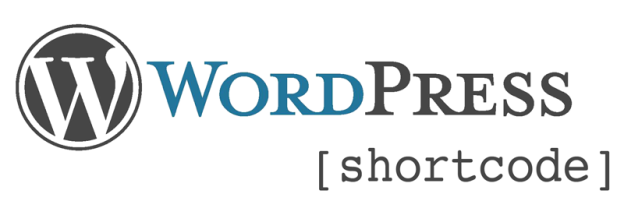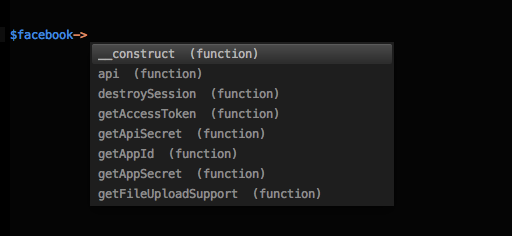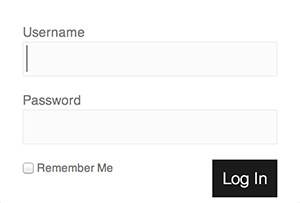The WordPress Shortcode API allows you to render template blocks by simply calling the shortcode in a post or page. Template blocks can be a part of a theme or a plugin, but may be included by entering a shortcode for the template when creating a post/page in wp-admin, allowing users to easily include content. more…
Add Shortcode Functionality to a WordPress Plugin



